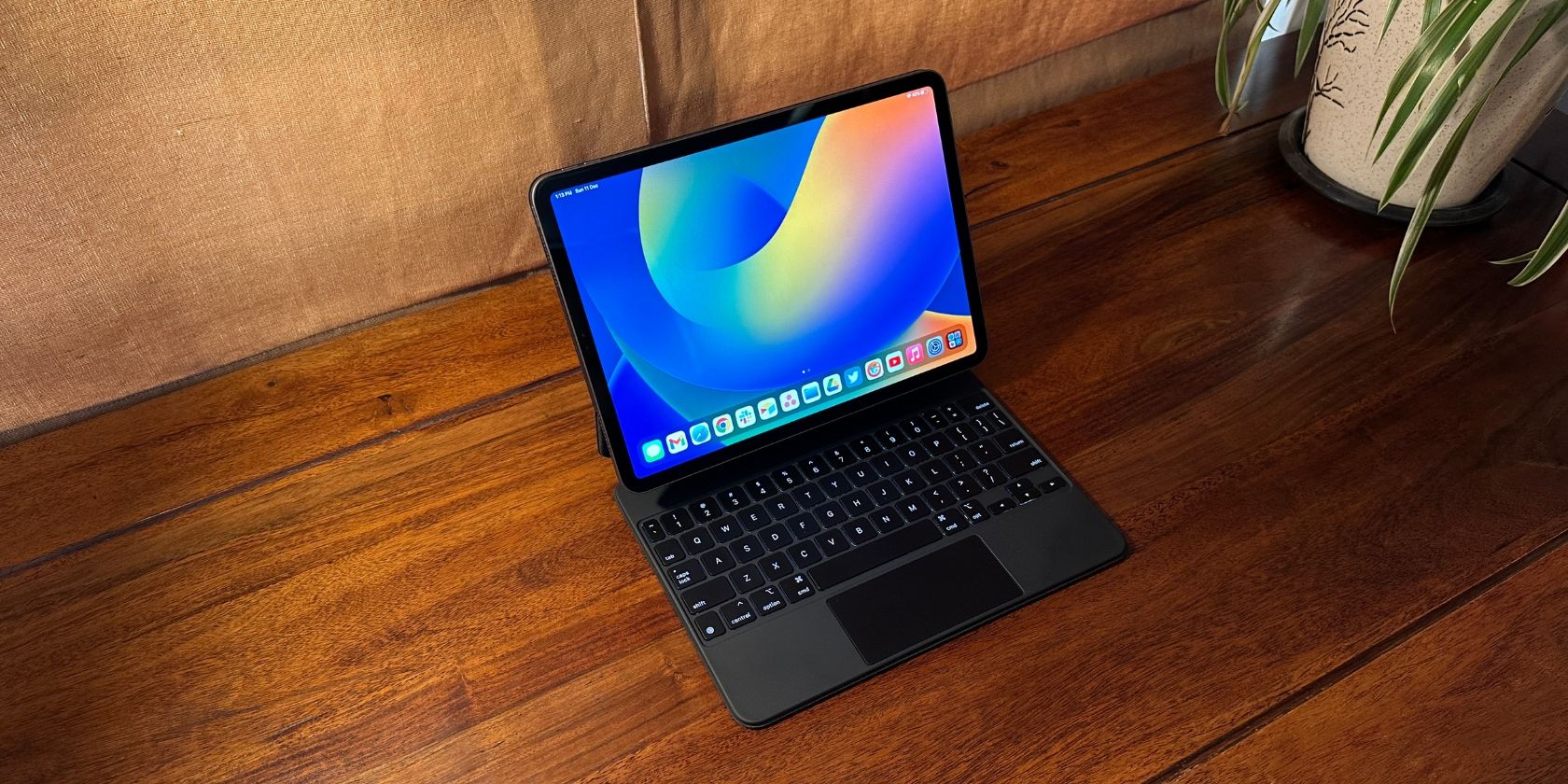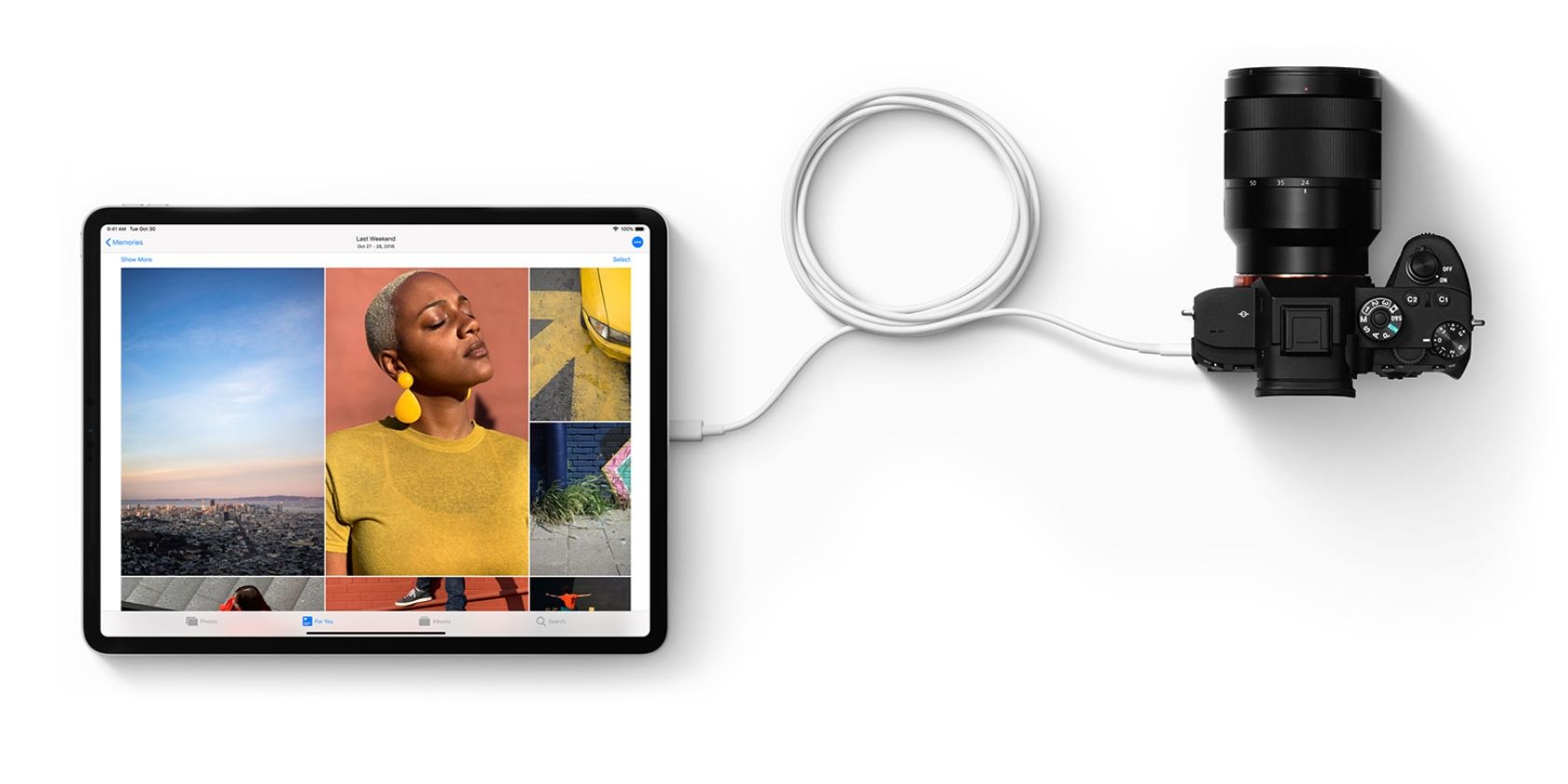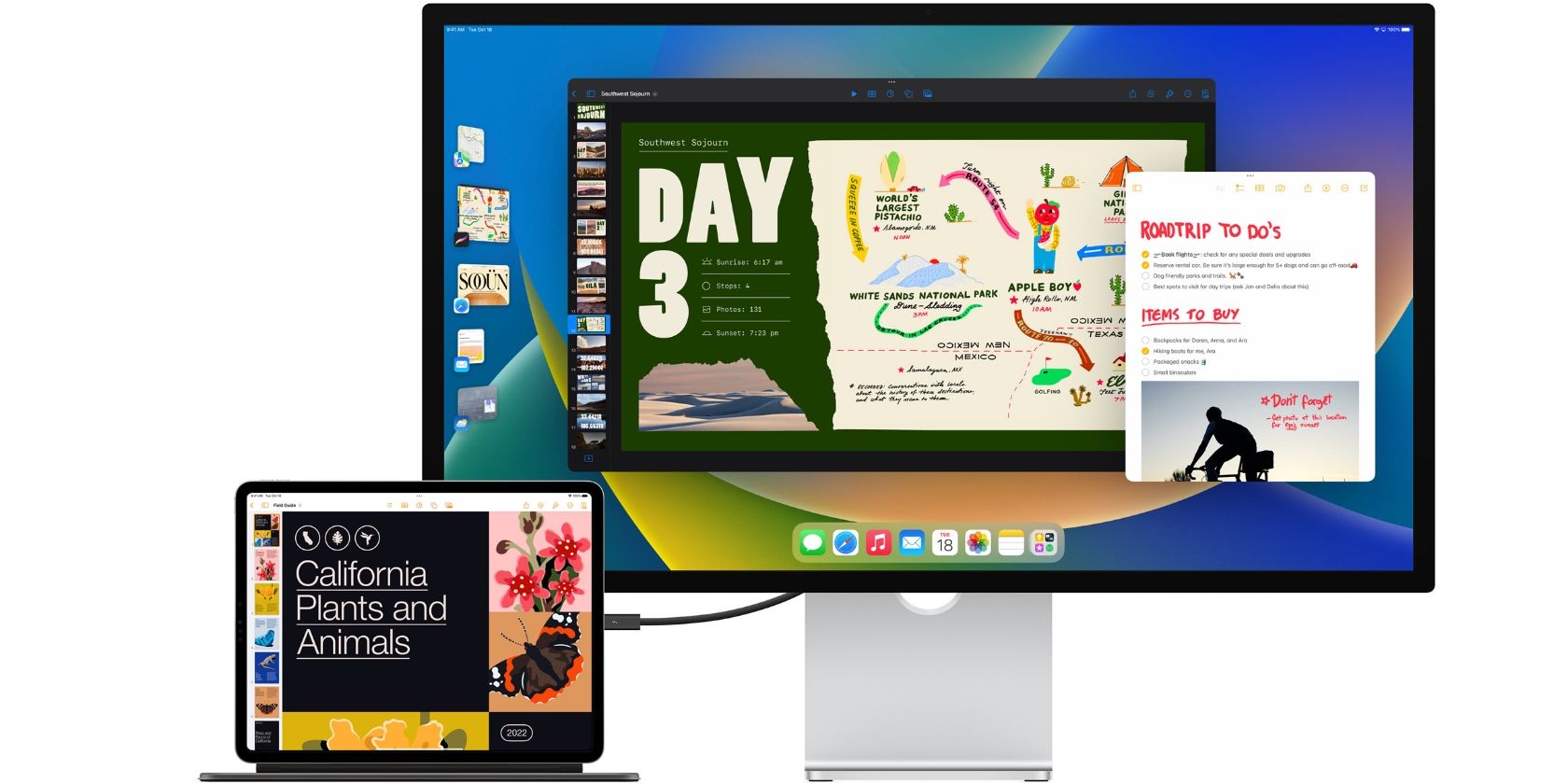When Apple launched the 11-inch and 12.9-inch iPad Pro in 2018, it introduced a significant redesign. The changes brought about a considerable transformation, and one notable difference was replacing the Lightning port.
Apple moved from its proprietary Lightning connector to a USB-C module, introducing many advantages. Here, we look into which iPad Pro models have this USB port and how they're better.
Which iPad Pro Models Have a USB Port?
The iPad Pro first launched in 2015, and since the redesign only happened in 2018, there are models without a USB port. Therefore, if you're looking into which iPad to buy, you should know what port is on the tablet.
To ensure you pick the right model, we've listed every iPad Pro with a USB port below:
- iPad Pro 11-inch (1st generation)
- iPad Pro 11-inch (2nd generation)
- iPad Pro 11-inch (3rd generation)
- iPad Pro 11-inch (4th generation)
- iPad Pro 12.9-inch (3rd generation)
- iPad Pro 12.9-inch (4th generation)
- iPad Pro 12.9-inch (5th generation)
- iPad Pro 12.9-inch (6th generation)
Does an iPad Pro With USB Port Have Limitations?
The primary functions of a USB port are to facilitate data transfer, allow peripheral connections, and charge devices. The USB port on the iPad Pro can do all of these without an issue.
You can connect various types of external storage and hardware—keyboard, mice, displays, etc.— to make it easier to use your iPad Pro for work.
It means the iPad Pro does not have any limitations regarding USB functionality, provided you're using the appropriate USB-C cable.
You can only mirror the display on your iPad Pro if your model does not have an M1, M2, or newer processor. iPad Pro models with these chips can extend their screen and use up to eight apps via Stage Manager.
Now, with every passing generation, Apple has improved the hardware of the iPad Pro. Consequently, even the USB port has seen improvements.
The 2018 and 2020 iPad Pro models came with USB 3.1 Gen 2 support, meaning they can transfer data with a speed of up to 10Gbps. On the other hand, the 2021 M1 iPad Pro and 2022 M2 iPad Pro have a USB port with Thunderbolt 3 support, allowing users to transfer data at speeds up to 40Gbps.
The change in spec also affects the video output supported by these ports. The 2018 and 2020 iPad Pro can connect to one external display and output images up to 5K resolution at 60FPS. On the other hand, the 2021 and 2022 iPad Pro models support 6K images at 60FPS.
Should You Buy an iPad Pro With a USB Port?
USB standardized a lot of things in the tech world, and for consumers who want more from their devices, having universally used hardware—one that's present across many product categories—can have a substantial positive impact.
Being able to quickly transfer data without having to need that proprietary cable is just one of the advantages a USB port provides. And for a device like the iPad, which can double as a professional tool, the USB-C port poses advantages over Lightning. Therefore, we suggest you buy an iPad Pro with a USB port.
USB Makes iPad Pro More Capable
Having USB on the iPad Pro opens up a world of features. Compared to Lightning, it allows for faster charging and data transfer, plus connection to external devices, all of which make the iPad more capable. And in some cases even better suited for professionals who don't require a laptop.
The positive impact of this has also resulted in other iPad models having a USB port. The iPad Air (5th generation)—which has a more consumer-friendly price when compared to the iPad Pro—also comes with a USB-C port. We're glad to see USB making its way through Apple's lineup as it does have an end-positive impact.



